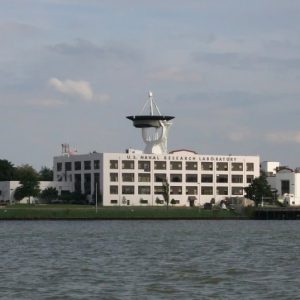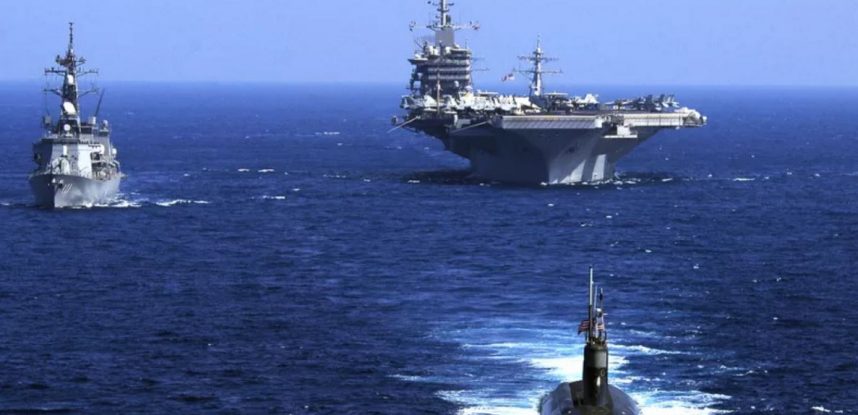US Navy: Sailing Full Steam Ahead… and Making Petro-Fuels Obsolete?

Refueling Navy vessels at sea can prove to be a costly endeavor. The US Naval Research Laboratory (NRL) is developing the chemistry for producing jet fuel from renewable resources. The process envisioned would catalytically convert CO2 and H2 directly to liquid hydrocarbon fuel used as JP-5. (US Navy Military Sea Lift Command) – See more at: http://www.nrl.navy.mil/media/news-releases/2012/fueling-the-fleet-navy-looks-to-the-seas#sthash.RvKj9vcQ.dpuf
Earlier this spring, scientists at the US Naval Research Laboratory (NRL) announced a prototype process for producing liquid hydrocarbon fuel from seawater. NRL’s proprietary process uses a modular reaction system to remove CO2 from seawater (with 92% efficiency) while producing hydrogen gas. Once separated, the nickel-supported catalyst conversion system combines them again into liquid hydrocarbon form, creating fuel.
Currently, the US Navy has fifteen oil tankers deployed to keep its ships fueled and believes there are significant benefits to removing vulnerable links in the current fuel supply chain. However, despite successfully providing enough fuel to power an RC P-51 Mustang replica (see video below), the electrolytic cation exchange module (E-CEM) is not yet ready for ship mounting. In its current form, the technology is extremely energy-intensive and requires more energy to fuel the process than produce the required amount of fuel. At this rate of development, scientists believe that, within six to ten years, it may be possible to produce JP-5 quality jet fuel at a cost of $3 to $6 per gallon and to start making the in-theatre refueling process obsolete.
Talk of energy independence and petroleum obsolescence will likely continue, but not everyone sees NRL’s success as disruptive to current fuel models. Forbes tech contributor Tim Worstall doesn’t see it’s becoming economic for general use, claiming, “Currently they say that a gallon of avgas will cost in the $4 to $6 range when it’s possible to pump up oil in Saudi for $15 a barrel[;] that price just doesn’t work.”
Either way, the next six to ten years look like an innovative time for military alternative energy programs.
The GDCA Team




